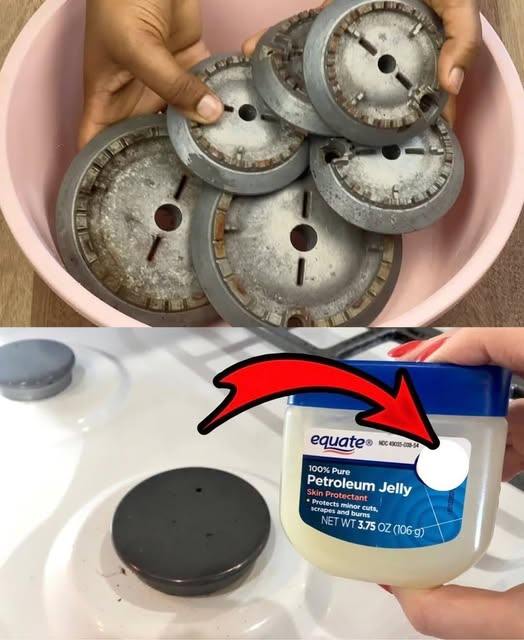ADVERTISEMENT
– For glass-ceramic hobs, you may want to use a second clean cloth to polish the surface for a streak-free shine.
#### **7. Dry and Buff**
Once the surface is clean and free of residue, take a dry microfiber cloth and buff the stove or hob to a shine. This step will give it a polished, gleaming look and remove any excess moisture.
—
## **Additional Tips for Cleaning Glass-Ceramic Hobs**
Glass-ceramic hobs are particularly delicate, so extra care is needed to avoid scratching or damaging the surface. Here are a few additional tips to ensure your glass-ceramic hob stays in top condition:
### **1. Use a Specialized Glass-Ceramic Cleaner**
While the baking soda and vinegar method works well for many cases, you may occasionally need a more specialized cleaner for your glass-ceramic hob. There are various commercial cleaners specifically designed for glass-ceramic surfaces that can remove stains, burnt-on food, and grease without damaging the surface. Just be sure to follow the manufacturer’s instructions when using any commercial product.
### **2. Avoid Abrasive Scrubbers**
Glass-ceramic hobs are highly prone to scratches, so it’s essential to avoid abrasive scrubbers such as steel wool or harsh scouring pads. Instead, opt for a soft sponge or microfiber cloth. If you encounter tough stains, try using a plastic scraper, which is gentle on the surface.
### **3. Clean Spills Immediately**
To prevent staining and residue buildup, it’s a good idea to clean spills as soon as they occur. Glass-ceramic hobs cool down quickly, and the longer a spill sits, the harder it is to remove. Wipe up any spills immediately with a damp cloth and dry the surface with a microfiber cloth to avoid water spots.
—
## **Eco-Friendly Alternatives to Chemical Cleaners**
In addition to the baking soda and vinegar method, there are several other eco-friendly options for cleaning stoves and hobs without using harsh chemicals. These alternatives are not only effective but also safer for the environment and your health.
### **1. Lemon and Baking Soda Paste**
Lemon is a natural cleaner that works well for removing grease and stains. Combine lemon juice with baking soda to form a paste, and apply it to the affected areas. The acidity of the lemon juice, combined with the abrasiveness of the baking soda, helps dissolve grease and stains effectively.
### **2. Dish Soap and Warm Water**
For regular cleaning, simply mix a few drops of **dish soap** with warm water. Use a soft cloth or sponge to wipe down your stove or hob. This is ideal for cleaning up light grease or food splashes on a daily basis.
### **3. Castile Soap**
Castile soap is a natural, biodegradable soap made from plant oils. It can be mixed with warm water and used as a gentle cleaner for both gas stoves and glass-ceramic hobs. It’s an excellent all-purpose cleaner and is especially good for removing grease and grime.
—
## **Conclusion**
Cleaning stoves and glass-ceramic hobs doesn’t have to be a time-consuming or difficult task. With a few simple ingredients like baking soda and vinegar, you can quickly restore the shine and cleanliness of your stove or hob, making it look as good as new. Whether you have a gas stove, electric coils, or a delicate glass-ceramic cooktop, these cleaning tricks will help you achieve the results you desire with minimal effort and maximum effectiveness.
Remember to take care of your stove by cleaning it regularly and using the right tools to avoid scratches or damage. By adopting these simple and eco-friendly cleaning techniques, you’ll ensure that your kitchen appliances remain in great condition for years to come. Say goodbye to stubborn stains and hello to a gleaming, spotless kitchen!
